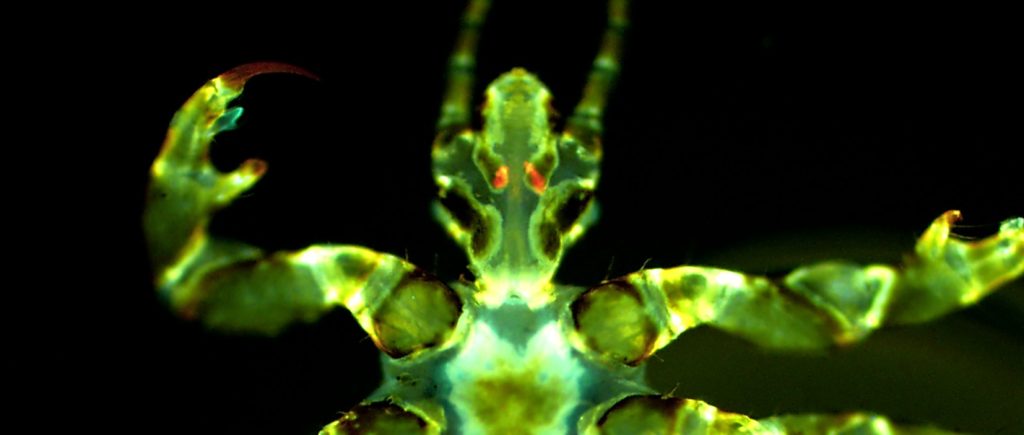Genes Associated with Plague Survival Linked to Alopecia Risk

In a new JAMA Dermatology study, scientists at King’s found that changes in two parts of the genome work together to influence alopecia risk.
Frontal fibrosing alopecia (FFA) is a highly distressing dermatological disorder which is associated with inflammation, scarring and irreversible hair loss. The disease affects an increasing number of patients worldwide and is caused by genetic and environmental factors.
The study authors conducted a meta-analysis of four cohorts of women with FFA across the UK and Europe. When looking into a cluster of immune genes known as the major histocompatibility complex, which help immune systems recognise foreign substances, they identified specific genetic differences that interact with ERAP1 and increase the risk of developing FFA.
This gene-gene interaction is a rare phenomenon in human genetics, known as “epistasis”. This means that the risk associated with one gene is modified by another gene. Different versions of the two genes involved in this interaction have been observed in some other autoimmune diseases, including psoriasis and ankylosing spondylitis.
Previous research has identified that genetic variants in the ERAP1 and ERAP2 genes were associated with survival of the Black Death, a bubonic plague which swept through Europe in the mid-1300s. Such genetic variants, which are associated with protection from infection, may also make people more prone to certain immune conditions. This new study demonstrates that this is the case for FFA.
“Our study is the largest ever genome-wide association study into frontal fibrosing alopecia (FFA), an inflammatory and scarring condition affecting almost exclusively women,” said Dr Christos Tziotzios, Senior Lecturer of the St John’s Institute of Dermatology at King’s and Consultant Dermatologist at Guy’s and St Thomas’ NHS Foundation Trust
He added: “Since the disease was described in 1994, the number of people affected has increased dramatically. Our newest finding sheds more light into the autoimmune basis of the condition and provides direction for further research into drug development.”
As well as improving our understanding of the genetic factors that drive FFA, the authors hope that these findings can be applied to predict risk of its development while paving the way for new treatments.
The team of scientists are now investigating the prospect of predictive genetic test for FFA risk, while exploring the potential of targeting ERAP1 with highly specific drugs as a new way of treating this condition.
Source: King’s College London




